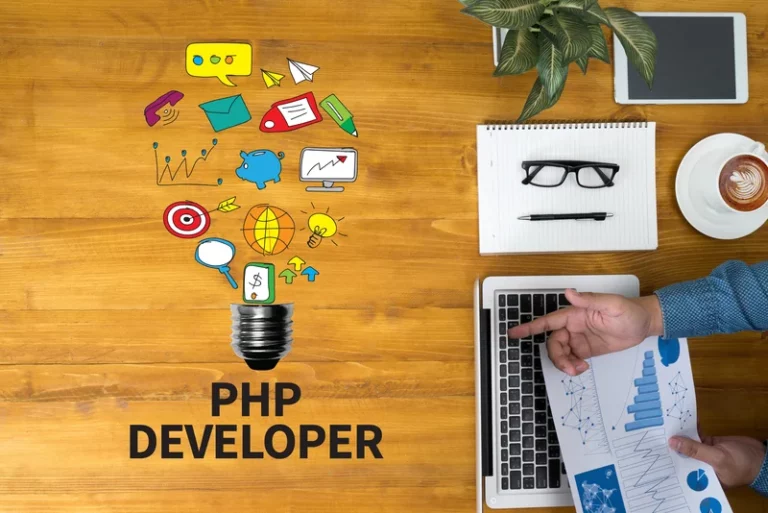CD lowers the prices of delivering new software and updates by eliminating handbook processes so developers can spend extra time on higher-order duties. The velocity of a CI/CD pipeline additionally means that extra features may be delivered sooner. This will increase the output of the event group and frees bandwidth to pursue more tasks without needing to rent more engineers. Continuous deployment is the following evolution of the CI/CD pipeline once a corporation has mastered steady supply. The primary objective of DevOps automation is to remove as many handbook processes as potential, so steady deployment enables seamless and fast deployments to fulfill ci cd maturity model the changing wants of consumers.
Join Our Devops Publication
Once CI is in place CD processes can be trello built on top of it to deploy code to finish users, and develop a feedback loop which can steer future releases. The central suggestions loop of CD is a continuing re-examination of the quality being delivered to finish users. New features are delivered with sets of automated tests that guarantee new code is bug-free and assembly quality expectations. Project planning for new function releases ought to embody considerations around analytics, efficiency monitoring, and automatic testing instrumentation tasks.

See Additional Guides On Key Devops Topics
For instance, unit tests validate particular person components or features, offering immediate suggestions on code behavior. Integration exams assess interactions between software program elements and modules to make sure they’re working together accurately and catch any points unit tests might miss. In order to successfully implement and run a CI/CD pipeline, organizations want tools to stop points of friction that slow down integration and supply. Teams require an integrated toolchain of applied sciences to facilitate collaborative and unimpeded improvement efforts.
Devops Courses That Will Help You Stage Up

Deployment automation platforms offer deployment approvals and gates to provide administrators extra management, visibility and auditing capabilities over their continuous deployment processes. Application launch automation (or software release orchestration) is crucial when automating the entire activities essential to drive steady deployment. Orchestration instruments connect processes to ensure that developers comply with all crucial steps earlier than pushing new changes to production.

Sre Vs Devops: A Comparative Guide
Traditionally, QA focuses on testing the software program earlier than release into manufacturing to see if it is prepared for such release. But increasingly, modern QA organizations are also focusing consideration onto the software operating in manufacturing. By analyzing logs and different monitoring tools, they find quality problems to focus on to the event organization. This method works particularly well with organizations that use continuous supply to place new variations of the software into production rapidly and reliably.
- Synoptek delivers accelerated enterprise results through advisory led transformative systems integration and managed providers.
- Thoughtworks has an extended historical past of utilizing continuous discovery to amplify the voice of the shopper and make product decisions.
- Continuous integration, the first step wanted for this follow to work, refers to integrating individual code with the general improvement surroundings after constructing and testing it.
- Continuous delivery also allows faster discovery and determination of bugs early within the delivery course of by way of automated testing procedures.
- Continuous deployment, on the opposite hand, covers some extra steps through the discharge process of the new software.
- Automated build-and-test steps triggered by CI make sure that code changes being merged into the repository are reliable.
Kubernetes is an open supply container orchestration platform that can greatly improve the development of a steady development pipeline. Sometimes, a new software deployment to an setting behaves abnormally and requires a rollback to the earlier version. Organizations can use blue-green deployment methods, which create two separate but identical environments to run different versions of an software, with the aim of minimizing downtime and allowing for rollback.
If a system is constructed with steady supply principles and a speedy release thoughts set from the beginning, the journey will be much smoother. However, an upfront complete redesign of the entire system is not an attractive possibility for many organizations, which is why we’ve included this class in the maturity mannequin. Continuous supply is an ongoing DevOps follow of building, testing, and delivering enhancements to software code and person environments with the help of automated tools. The key consequence of the continual delivery (CD) paradigm is code that’s all the time in a deployable state.
With frequent code modifications and shorter launch cycles, comprehensive testing turns into essential to make sure bug-free software releases. Imagine a world the place your new features and updates are seamlessly built-in and deployed, reducing the time to market and offering an enhanced user experience. This is the fact whenever you use continuous delivery; however, the trail to continuous supply is not with out its drawbacks. Pull Requests are a mechanism popularized by github, used to help facilitate merging of work, particularly within the context of open-source initiatives. A contributor works on their contribution in a fork (clone) of the central repository. Once their contribution is finished they create a pull request to inform the proprietor of the central repository that their work is ready to be merged into the mainline.
Developers can thus rely on build artifacts that have passed standardized test processes and are prepared for deployment. Continuous supply (CD) is an utility development apply that entails routinely getting ready code adjustments for release to a manufacturing environment. Combined with continuous integration (CI), continuous delivery is a key aspect of recent software growth. The continuous integration/continuous delivery (CI/CD) pipeline is an agile DevOps workflow centered on a frequent and reliable software supply course of. The methodology is iterative, rather than linear, which permits DevOps teams to write down code, combine it, run tests, deliver releases and deploy changes to the software collaboratively and in real-time.
Continuous supply works by automating the software program release process via a collection of levels together with constructing, testing, and deploying code modifications. This process begins with builders integrating their updates or new features right into a shared repository incessantly. Each change is then routinely built and tested for errors to make sure that the software is always in a deployable state. No matter when you’re a seasoned tech professional or a curious newbie, you will find a wealth of knowledge right here.
In CD, teams rely on infrastructure that automates and instruments the various steps leading as a lot as deployment. As each integration successfully meets the discharge criteria, the reside utility is up to date with new code. A cornerstone of CD, model control is an absolute must for any severe software program project. Version control enables a team of developers to efficiently collaborate on a shared codebase.
Continuous supply and steady deployment are closely associated concepts, indicating two ranges of automation in a software improvement strategy. With IBM Cloud Continuous Delivery, you possibly can rapidly provision an integrated toolchain using customizable, shareable templates with instruments from IBM, third events and open source. Automate builds and tests with Tekton-based supply pipelines and management high quality with analytics. Continuous deployment accelerates the feedback loop by permitting builders to release code adjustments regularly. This functionality reduces the time that it takes to obtain feedback from customers and stakeholders.
Continuous supply, which solely works if continuous integration is in place, entails running intensive regression, UI, and efficiency tests to guarantee that the code is production-ready. Continuous integration, the first step needed for this apply to work, refers to integrating individual code with the overall growth surroundings after building and testing it. Tools like Jenkins be sure that the code is compiled, run, and tested before it’s integrated with the remaining.
DevSecOps (development, safety, and operations) is an approach to tradition, automation, and platform design that integrates security as a shared duty all through the entire IT lifecycle. At its core, continuous supply follows a streamlined process known as the continual supply pipeline for cloud computing environments. The pipeline begins with the developer or growth group committing their code to the source repository. Automated checks (unit, regression, performance, and so forth.) are run for every check-in to ensure high-quality code. Once the code is verified, the executables are deployed routinely to an intermediate surroundings corresponding to staging, integration, or UAT. At this level, the code is ready to go into manufacturing and can be pushed live on demand.
The standardized deployment course of may also embody a base for automated database deploys (migrations) of the bulk of database changes, and scripted runtime configuration changes. A basic supply pipeline is in place masking all the levels from source management to production. CI/CD is an essential a half of DevOps methodology, which goals to foster collaboration between growth and operations groups. It’s a mindset that is so necessary, it led some to coin the term “DevSecOps” to emphasise the need to construct a safety foundation into DevOps initiatives.
Transform Your Business With AI Software Development Solutions https://www.globalcloudteam.com/ — be successful, be the first!

